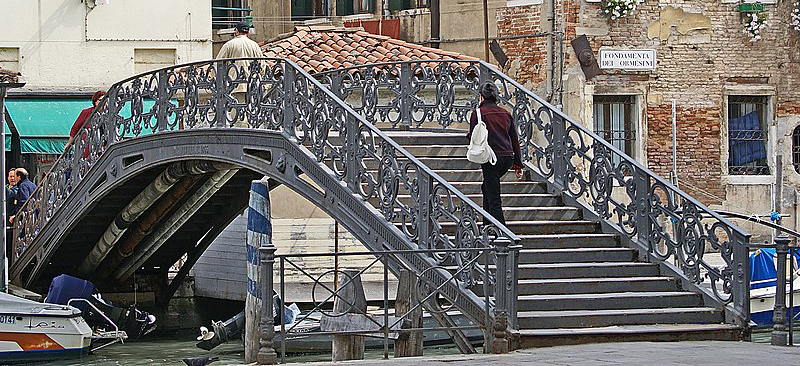Ghetto
Contents |
[edit] Meaning of ghetto
Ghetto is a term with a long history, used to describe areas of a city where minority social groups live, emerging from socio-economic factors but also often as a direct result of city planning with a close relationship to segregation policies. Today it is often associated with and used in relation to inner city areas and certain districts in the US, as referenced by the 1969 Elvis Presley song "In the Ghetto" (first entitled "The Vicious Circle") written by Mac Davis.
[edit] Uses of the word ghetto
The term is sometimes used in British English but not as frequently. Terms that could be associated with the American meaning of Ghetto might include hood, enclave or possibly estate. The US term can be traced back to descriptions, in the late 1800's, of African American neighbourhoods, during and up to the end of segregation through the Civil Rights Act of the 1960's, but the term is still used today. The related term Barrio, a specifically Spanish term is also used in the US, whilst internationally other related terms might include slum, favella and to some extent (relating to planning) the French for suburb or banlieue, meaning an edge of city development with similar characteristics as ghettos.
[edit] History of Ghettos
Historically the term ghetto itself originated from the city of Venice in the early 1500's, describing an area of the city where Jewish people were segregated and restricted to live. The area called the Cannaregio sestiere, was split into the new and of old (Ghetto Nuovo and Ghetto Vecchi), these were connected to the rest of the city only by two bridges, open during the day, to the sound of a ringing bell but then closed and locked with gates in the evening. The areas were controlled by guards and all residents had to return to the area before closing or suffer penalties. (image below Didier Descouens - Ponte de Gheto Novo (Venice) Venice, CC BY-SA 4.0 - 2 May 2007).
[edit] Origins of the term ghetto
The origin of the term is disputed with some saying it relates to the Italian for to discard (gettare) because the area where Jewish people were forced to live at the time was a part of the city which was originally formed from the cities waste or rubbish dump. Others associate it with the Italian for foundry, giotto or geto because the first Jewish quarter was near the cannon foundry of Venice. Yet further explanations relate the term to its meaning as street (Gasse in German), or from borghetto meaning little town or the Hebrew for a divorce document.
[edit] Related articles on Designing Buildings
Featured articles and news
A change to adoptive architecture
Effects of global weather warming on architectural detailing, material choice and human interaction.
How big is the problem and what can we do to mitigate the effects?
Overheating guidance and tools for building designers
A number of cool guides to help with the heat.
The UK's Modern Industrial Strategy: A 10 year plan
Previous consultation criticism, current key elements and general support with some persisting reservations.
Building Safety Regulator reforms
New roles, new staff and a new fast track service pave the way for a single construction regulator.
Architectural Technologist CPDs and Communications
CIAT CPD… and how you can do it!
Cooling centres and cool spaces
Managing extreme heat in cities by directing the public to places for heat stress relief and water sources.
Winter gardens: A brief history and warm variations
Extending the season with glass in different forms and terms.
Restoring Great Yarmouth's Winter Gardens
Transforming one of the least sustainable constructions imaginable.
Construction Skills Mission Board launch sector drive
Newly formed government and industry collaboration set strategy for recruiting an additional 100,000 construction workers a year.
New Architects Code comes into effect in September 2025
ARB Architects Code of Conduct and Practice available with ongoing consultation regarding guidance.
Welsh Skills Body (Medr) launches ambitious plan
The new skills body brings together funding and regulation of tertiary education and research for the devolved nation.
Paul Gandy FCIOB announced as next CIOB President
Former Tilbury Douglas CEO takes helm.
UK Infrastructure: A 10 Year Strategy. In brief with reactions
With the National Infrastructure and Service Transformation Authority (NISTA).
Ebenezer Howard: inventor of the garden city. Book review.
Airtightness Topic Guide BSRIA TG 27/2025
Explaining the basics of airtightness, what it is, why it's important, when it's required and how it's carried out.
























Comments
[edit] To make a comment about this article, or to suggest changes, click 'Add a comment' above. Separate your comments from any existing comments by inserting a horizontal line.